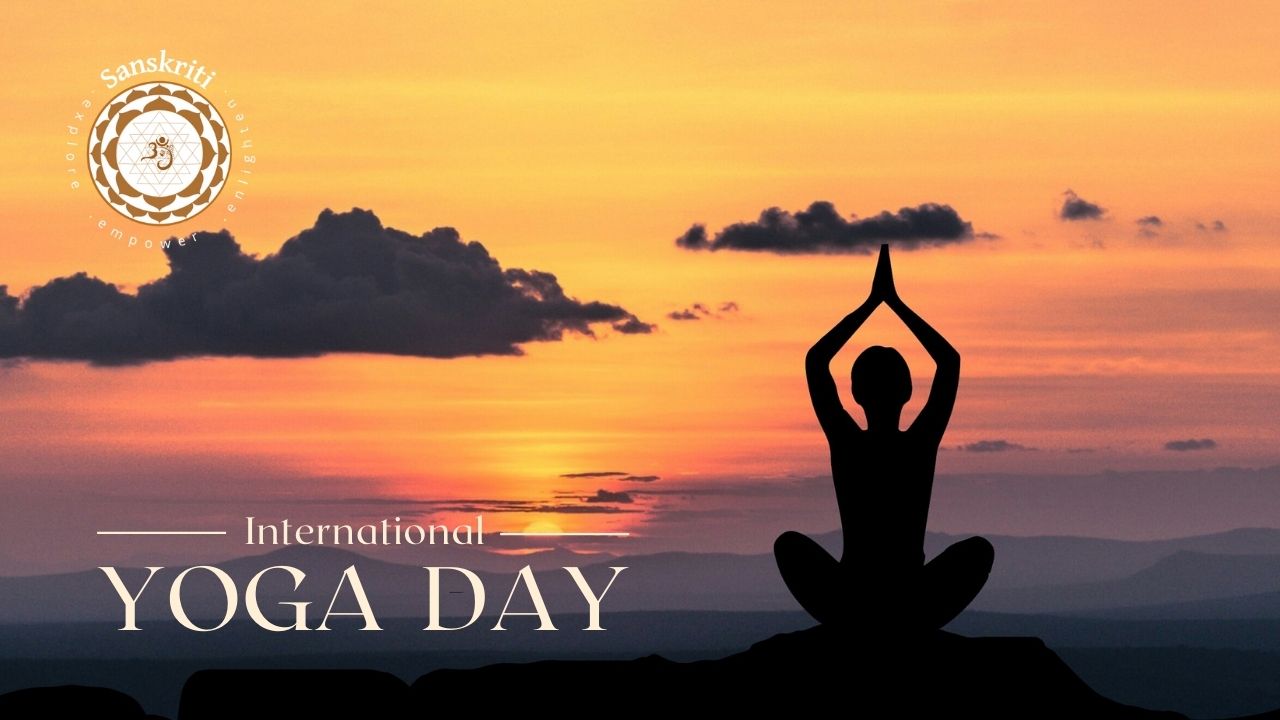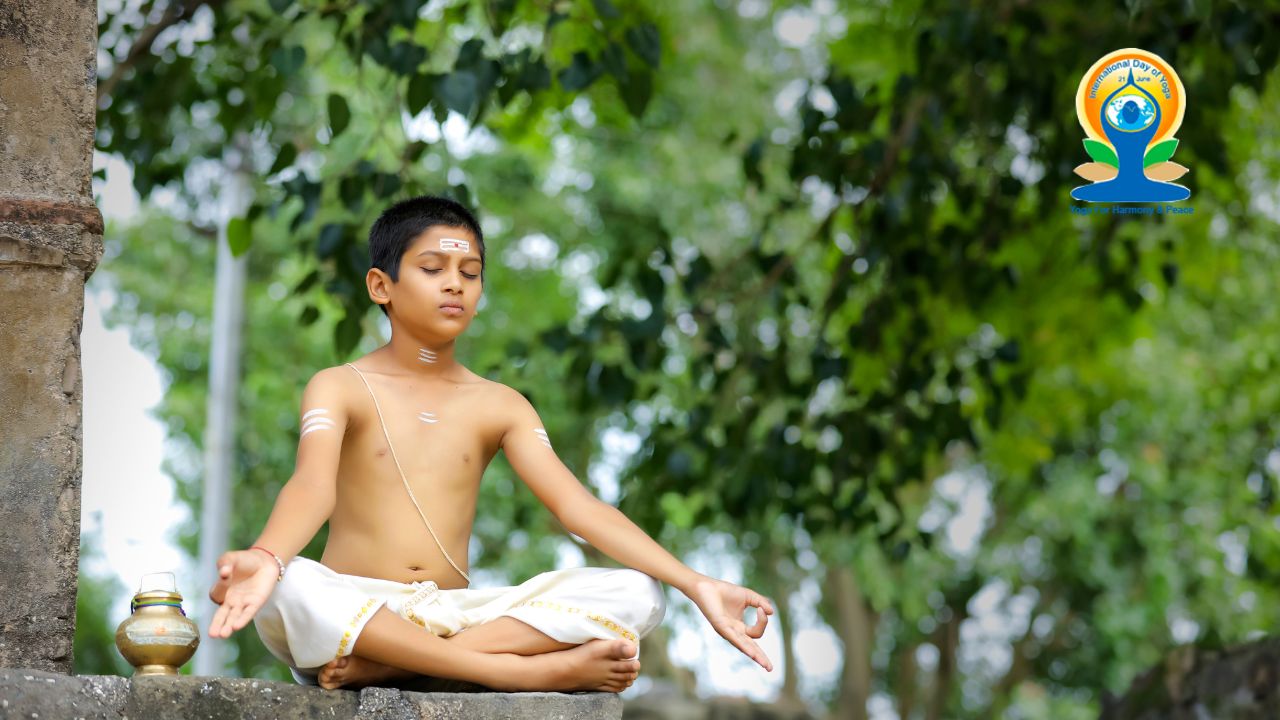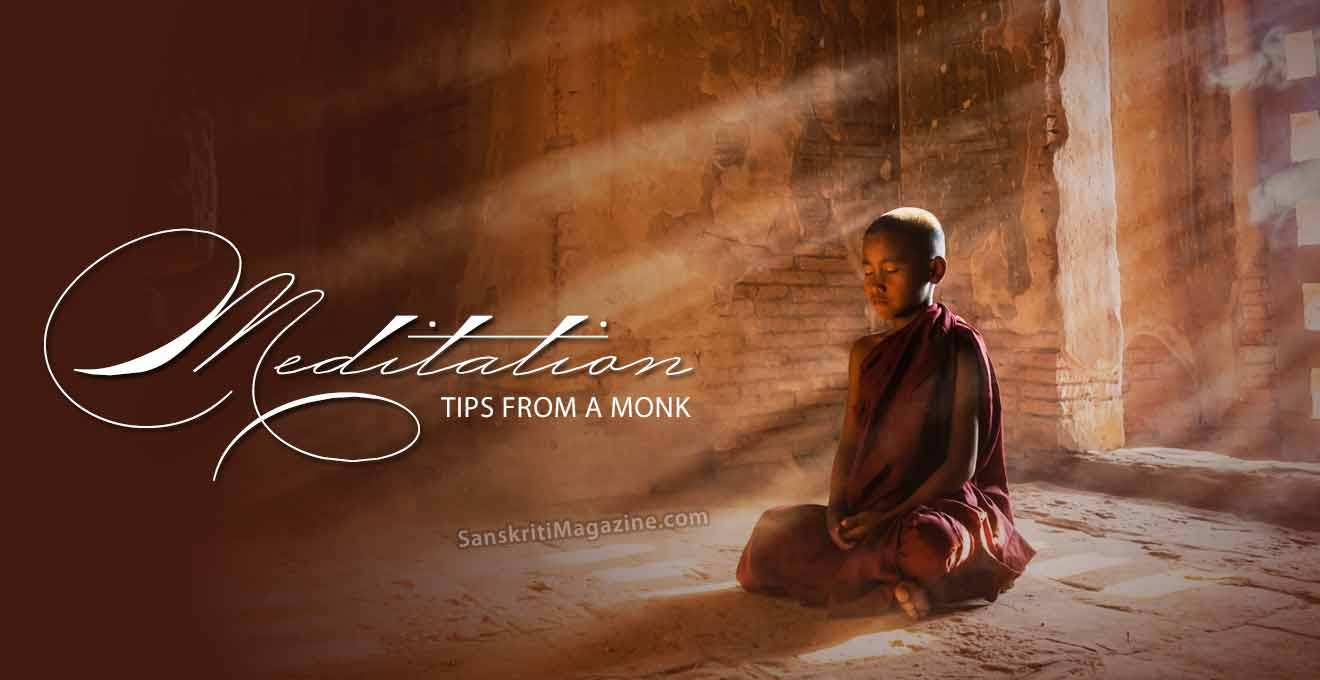Sitting in utkatasana, naval deep in water, insert a tube in the anus and contract the anus. This cleansing with water is called basti karma. ~ (“Hatha Yoga Pradipika” 2:26)
The Sanskrit word ‘basti’ (written as ‘vasti’ or ‘wasti’) is a general word that relates to anything pertaining to the lower abdomen, belly, pelvis and bladder. The practice of basti karma is a process of cleaning the lower abdomen, especially the colon. The word ‘sthala’ means ‘ground’. Sthala basti is a practice where one stands on dry ground, i.e., one sucks air into the anus instead of water- The technique is also called ‘sushka basti’, ‘sushka’ meaning ‘dry’. Another name for air basti is vata basti where the word ‘vata’ means ‘air’. It is the practice which cleans the colon by sucking air into the body. In this practice, no external aid in the form of a catheter or tube is to be used.
The word ‘jala’ means ‘water’. Jala basti is the practice whereby one sucks water into the anus. It is also called ‘vati basti’ which also means water. Vari basti is the process of cleaning the colon with water. The method for both sthala and jala basti is exactly the same, the only difference being that sthala basti is practised in air and jala basti in water. In this practice, unlike sthala basti, hatha yoga permits the use of a catheter tube.
Technique
Jala basti
If a river is not available, the practice can be done over a bucket or basin of water. Beginners will have to start by inserting a 0.8cm catheter into the rectum. Traditionally, a bamboo tube was used. Plastic tubing or a catheter are suitable but organic material is always preferable. The tube should be at least 13-15cms long, preferably smooth and hollow. Lubricate it with beeswax or a non-irritating oil such as vaseline or ghee.
Insert 4cms of the tube into the anal passage or as much as possible, then squat over the bucket or basin in utkatasana. Exhale and perform uddiyana bandha. If the water is not sucked up through the tube into the bowel, then do madhyama nauli and hold. If the water is still not sucked up do vama, or dakshina nauli. When you can no longer hold kumbhaka, remove the catheter or tube without exhaling. Then stand up and exhale slowly through the nose. When you expel the water it is best to squat over the toilet because stool in the lower intestine will also come out. If the catheter is not removed before exhaling, the water will pass out and the tube may get blocked by pieces of stool.
After much practice the catheter will not be necessary as you will be able to suck water into the bowel directly, but that is a very advanced stage which may take years to perfect. When practising without the catheter you have to push the rectum out as far as possible, then draw it in with uddiyana. First you open the sphincter muscles with the fingers, perform uddiyana and remove the hand. Maintain kumbhaka for as long as possible and then slowly exhale.
After the practice, make sure all the water is expelled. Then lie in shavasan on a blanket. Slowly assume pashinee mudra, placing the knees beside the ears and balancing or the backs of the shoulders, hands clasped behind the back of the knees. This releases air from the bowel and induces a bowel action if there is any water remaining.
Come out of the position slowly and lie in shavasana again. Then fold the knees to the chest, hold them and slowly rock from side to side, or rock with the arms stretched out to the sides at shoulder level. Lie in shavasana again, and when you are ready, perform bhujangasana slowly 3-5 times. This exerts pressure on the lower intestines and releases any remaining water or air. Those who are able should perform mayurasana. Pashinee mudra is the most suitable counter-pose.
It is extremely important that the water used in basti is perfectly clean and neither too hot nor too cold. In cold weather lukewarm water should be used. It is not necessary to add salt to the water but the catheter must be sterilised before and after use. Basti car be done in warm or hot weather, especially if you are also doing intense pranayama and bandhas. Basti generates energy but also removes heat from the system. It must not be done during cloudy, rainy, windy or stormy weather.
Sthala basti
Sthala or dry basti is performed while lying on the back. Assume Vipareeta karani mudra but position the back at a 60° angle to the floor. Then bring the knees down to the chest. Push the sphincter muscles out and in, so air is sucked into the bowel. This is not an easy practice and jala basti has to be perfected first. Sthala basti can also be practised in pashinee mudra or paschimottanasana, performing ashwini mudra. Uddiyana may also be required in the beginning. In paschimottanasana it is not easy to suck in air as there is pressure on the anus, so it is best to start in an inverted asana. The ‘Hatharatnavali’ says “After practising basti, do not take food for three ghatis (72 minutes).’
Benefits
According to the ‘Hatha Yoga Pradipika’, ‘Enlargement of the glands and spleen and all diseases arising from excess wind, bile and mucus are eliminated from the body through the practice of basti.’ With reference to jala basti it states, “By practising jala basti the appetite increases, the body glows, excess doshas are destroyed and the dhatu, senses and mind are purified.”
Basti completely washes the bowel and removes excess bacteria, old stool, thread worms and heat from the lower intestines. Most importantly, it pushes apana vayu upward. When the apana, rises it can be felt in the navel and as a great pressure on the stomach. Basti cures digestive disorders and is particularly useful for removing constipation, controlling nervous diarrhoea and strengthening the solar plexus. It also improves muscle tone and blood supply as well as purifying the blood.
Basti should not be practised by anyone with high blood pressure, hernia or any serious digestive ailments. It is useful in treating ailments such as colitis and dysentery. However, in some cases it may be too drastic, so if you suffer from these types of disorders you should seek expert guidance.
Why must basti not be done during cloudy, windy or stormy weather?
Swami Niranjan: Do you know how to do the practice of basti? It you do, then you will know that the intake of water through the anal passage and rectum into the large, intestines is like a self-help enema where the water goes in and cleans the large intestines and is eventually discharged. Now, as a rule the water that is used for basti should not be cold or hot but of body temperature, so that the sensitive internal parts, the intestines, do not get a shock, causing the muscles to contract. The practice of basti induces a lot of pranic energy. It stimulates the pranic energy and one feels very active and dynamic afterwards. However, it also removes the physical beat or energy. The water absorbs the heat of the body and brings it out when it comes gushing out. This discharge of physical heat cannot be recuperated immediately if the weather is cold.
It has been the experience of many people that during cloudy, windy or stormy weather, when the external temperature is fluctuating between hot and cold, and is unstable, then some people can get constipation because of the loss of body heat and the inability of the body to recuperate that loss. Therefore it has been suggested that the practice of basti should be done in warm or hot weather only. Also, proper rest must be given to the body (at least forty minutes to one hour) before going headlong into the daily activities where the body is not given any rest.
Why do many commentaries refer to the ‘violence’ of hatha, yoga, saying, ‘for hatha yoga gives rise to pain’.
Swami Niranjan: There used to be, and still is even to this day, a prevalent belief that hatha yoga means to treat the body violently or to practise yoga violently, and this violent practice of yoga is considered by many to be hatha yoga as per the literal meaning of the word ‘hatha’ which means ‘hardship’ or ‘violence’. Therefore many people believe that the practice of hatha yoga gives rise to pain. Tradition speaks about the practices of raja yoga which are performed with an awareness of the various states of body, the result that a particular practice has on the body, and maintaining the body in a state of relaxation, harmony and flow within the practice.
The other aspect of hatha yoga is that in which a practice is done without considering what kind of pain the body is having, because hatha yoga believes that, if one has to rise beyond pleasure and pain, then yoga should take the form of tapasya – wilful control over the body, senses and mind, because it is the nature of the body and mind to seek pleasure and comfort. So whereas in raja yoga one is asked to follow the body and mind, and by following them to bring them under control, hatha yoga emphasises the need to enforce a discipline in the physiological and psychological structure.
However, this enforcing of discipline in hatha yoga is followed by an awareness of the limitations of body and mind. Being aware of the limitations and capabilities of the body is the first stage of hatha yoga, and then according to that, enforcing a discipline or state of yoga, is the second stage. People who do not realise this point and who take the term hatha yoga literally, and the practices of hatha yoga as part of the violent treatment, experience excruciating pain, physically and also mentally. When the practitioner is weak this can induce a state of apprehension for and rejection of the practice.











